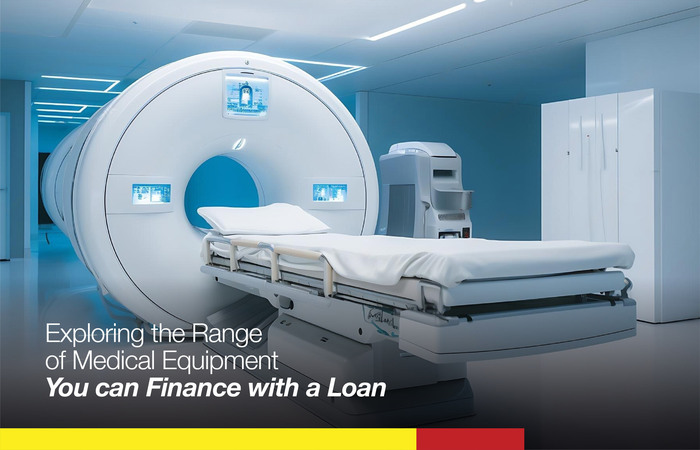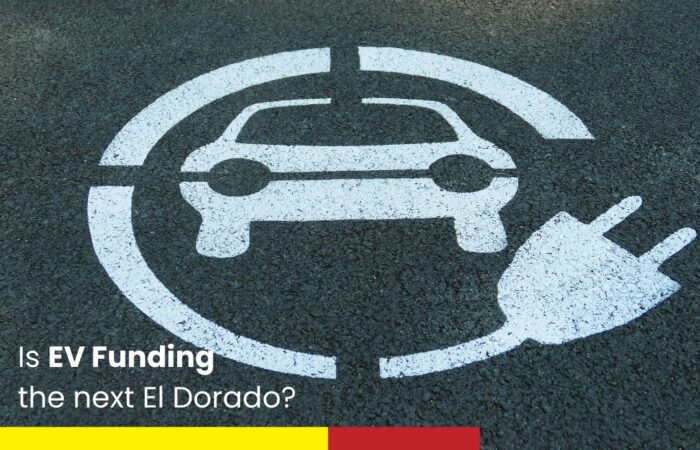Climate change and pollution have taken the centre stage in policy discourses around the world. Global warming and its uncertain consequences can pose a threat to human existence. Burning of petroleum products is a major contributor to the menace. For India, petroleum imports are the biggest contributor to our trade deficit.
In view of the aforesaid factors, the Indian Government has made several decisions to curb use of petrol/diesel/gas based vehicles and is promoting use of electric vehicles (EV). The Government of India has in the 2019 budget as well as through the GST Council, taken several steps to push EV manufacturing and by 2030, a majority of all vehicles sold in India will be EV.
What does it mean for the SMEs in India? Automobile industry including the component manufacturers form the biggest segment in India, contributing to 49% of India’s manufacturing GDP, not to speak of the employment it offers. If EVs have to replace conventional vehicles, a huge change may be needed in the way the industry and its eco-system function.
Conventional automobiles have large number of parts which are produced by a very vibrant auto-component industry in India. A very large number of such component manufacturers are SMEs. An EV will have far fewer components (being electrical devices instead of mechanical devices) and a huge number of present day components will no longer be needed. Petrol pumps will go out of business, so would a large number of mechanics and repair shops. Batteries, wheels, steering, electrical components and charging stations are perhaps the only ones that would be needed. Most conventional component makers will be out business, endangering employment as well as posing a threat to lenders.
What should SMEs in this business do?
Every generational change also brings in business opportunities.
The SMEs can therefore look at some of these possibilities:
- Charging Stations instead of petrol pumps
- Shift from manufacturing components for a conventional vehicle to those needed for EV
- Specialising in storage battery/battery component making and battery recycling
- Start Thermoplastics manufacturing
- Start manufacturing Electrical components
- Establish a service network for such vehicles and so on.
The bottom line is, life is no longer going to be “normal”.
Auto component makers need to wake up the new opportunities and risks and do the following:
- Assess their own capabilities to shift into new areas
- Evaluate the capital expenditure and skill development needs for going into EV component making
- Prepare a plan to gradually wind down (if needed) or freeze manufacturing of conventional components
- Since OEM demand for conventional components will go down, reorient their sales strategy towards the replacement market
- Make sure proper and conservative financial plan is made to help the change-over, keeping their lenders in confidence
- Secure through proactive action and planning, finance for putting up new manufacturing facilities
- Retrain workers for the new processes.
Change is inevitable and if SMEs proactively embrace change and tap new opportunities, they will profit. 2030 is not really far away and the right time to plan one’s strategy is NOW!





